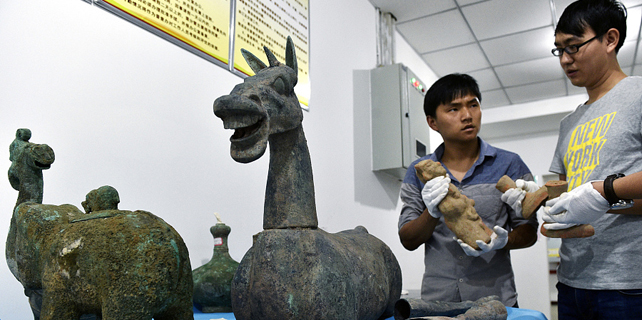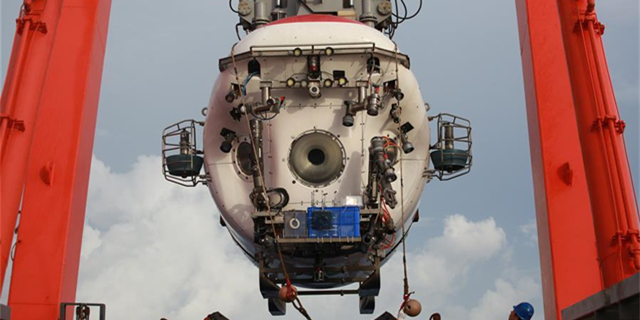China's growth outlook positive despite uncertainties
BEIJING - Many economists believe that despite downward pressure and uncertainties, China's economic outlook remains bright.
To assess economic performance, growth is not the only barometer, quality, structure, momentum and room for growth should also be take into consideration, according to an article carried by the People's Daily on Friday, under the byline of Guo Tongxin from the National Bureau of Statistics (NBS).
"A slowdown of some economic indicators such as trade growth has intensified downward pressure for China when the economy is already facing growing uncertainties due to deflation, financial supervision and real estate regulation risks," said Jiang Chao with Haitong Securities.
A number of Chinese economists believe that the economy stabilizing is an "irreversible" trend and that the country is capable of maintaining medium-high growth for a long time to come as many economic indicators have been positive this year.
China's gross domestic product grew 6.9 percent in the first quarter of this year, 0.2 percentage points higher than the same period last year and 0.1 percentage point higher than last quarter.
It is the seventh consecutive quarter for China to keep economic growth between 6.7 and 6.9 percent, a good example of its economic stability.
"The quality of growth was also optimized in terms of employment, consumer prices and personal income," Guo said.
Some 4.65 million new jobs were created in China in the first four months of the year, 220,000 higher than the same period last year, according to NBS spokesperson Xing Zhihong, who described China's employment situation as "good and stable."
The consumer price index increased 1.4 percent in the first four months of the year, well below the government target of around 3 percent for the year.
Chinese people's per capita real disposable income, after inflation, increased 7 percent in the first quarter, outpacing the GDP growth rate of 6.9 percent in the period.
In the first four months, supply-side structural reform was pushed forward as effort in cutting overcapacity, reducing inventory, deleveraging, lowering costs and strengthening weak links made fresh progress.
As of the end of April, 31.7 million tons of steel and iron capacity and 68.97 million tons of coal capacity had been cut, accounting for 63.4 percent and 46 percent of their annual goals separately.
In terms of floor area, property inventory fell 7.2 percent in the first four months, larger than the 6.4-percent decline in the same period last year.
The leverage ratio of large industrial companies stood at 56.2 percent by the end of March, down 0.7 percentage points year on year. Meanwhile, the average cost for those companies was 85.25 yuan ($12.4) for each 100 yuan of main business revenue, down 0.15 yuan from the same period last year.
To strengthen weak links, investment in environmental protection, public facilities and water resources management increased by 50.4 percent, 28.4 percent and 16.1 percent respectively in the first four months, all higher than the average investment growth rate.
"While China's economic structure is improving, new momentum is also gathering," Guo said.
As a significant growth driver, consumption contributed to 77.2 percent of GDP increase in the first quarter.
The service sector as a whole rose 7.7 percent year on year in the first quarter, faster than the 3-percent increase in agriculture and 6.4 percent in the secondary industry. It accounted for 56.5 percent of the overall economy.
Economic vitality is also being stimulated by new technology, urbanization, entrepreneurship and a burgeoning share economy, according to Guo.
China is also steadily pushing forward the Belt and Road Initiative, coordinated development of the Beijing-Tianjin-Hebei region as well as programs related to the Yangtze River economic belt and the Xiongan New Area, which Guo believes will provide ample growth.
The latest data reinforces views that a stabilizing economy will give policymakers more scope to contain debt and financial risks.
Many economists believe that China has laid a solid foundation to realize its full-year economic target of around 6.5-percent growth.









